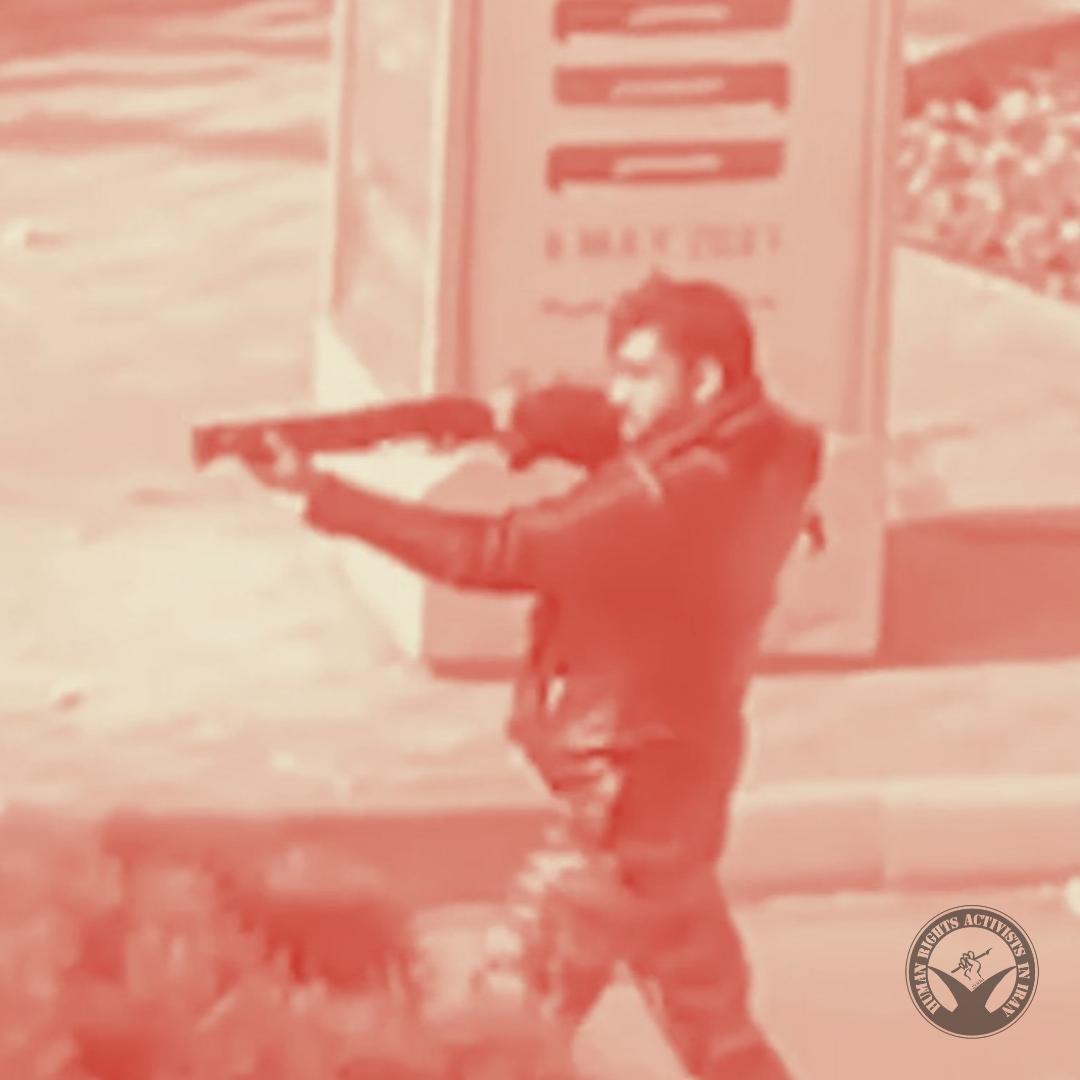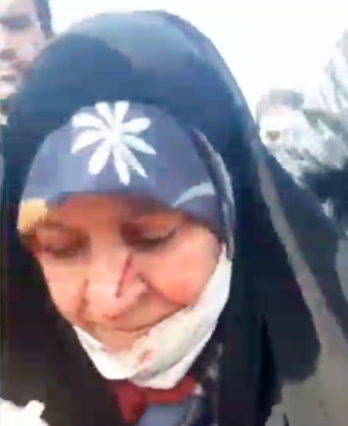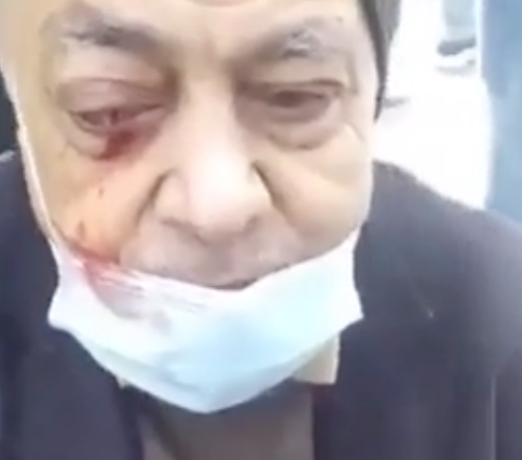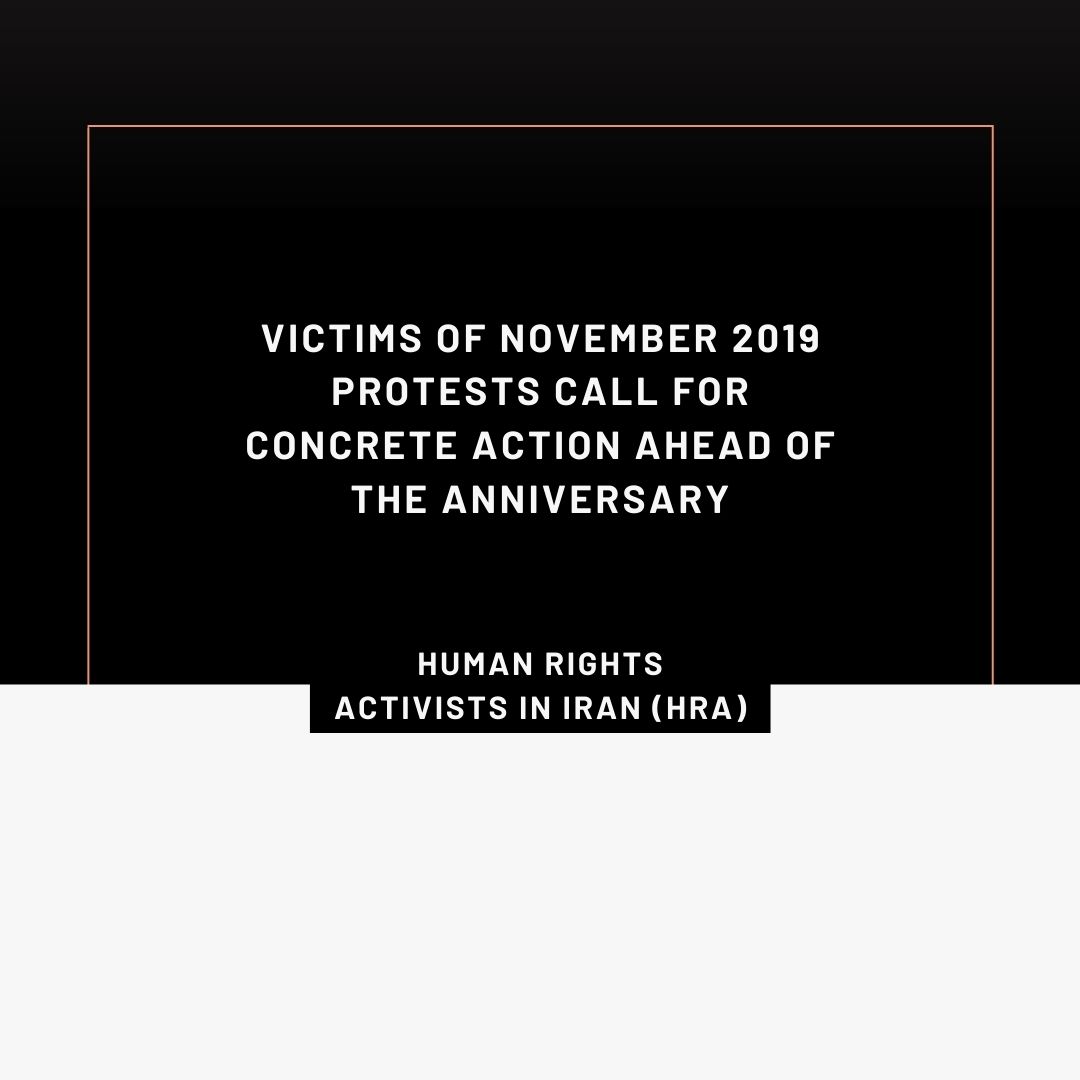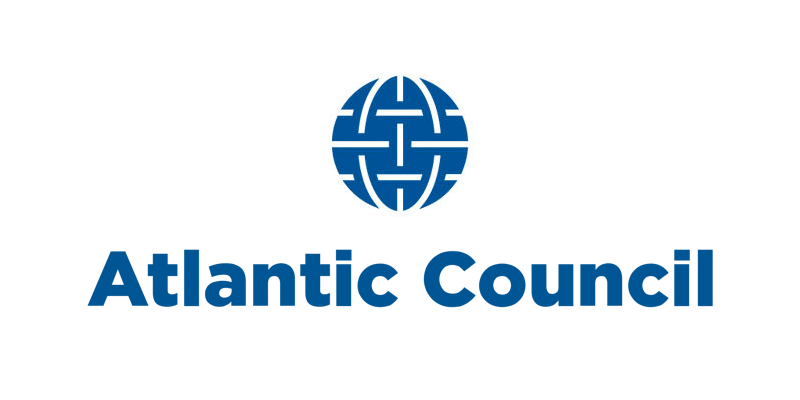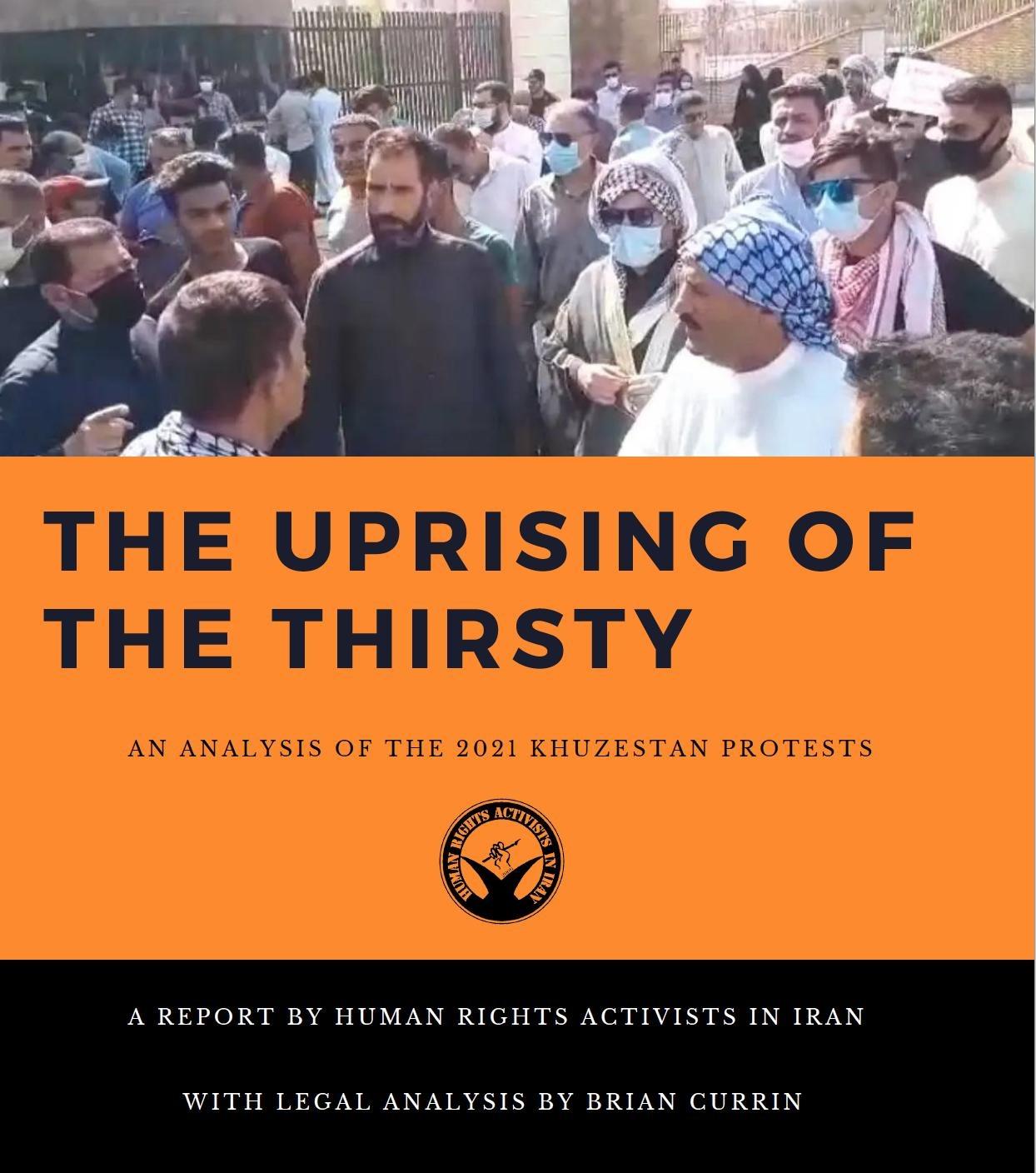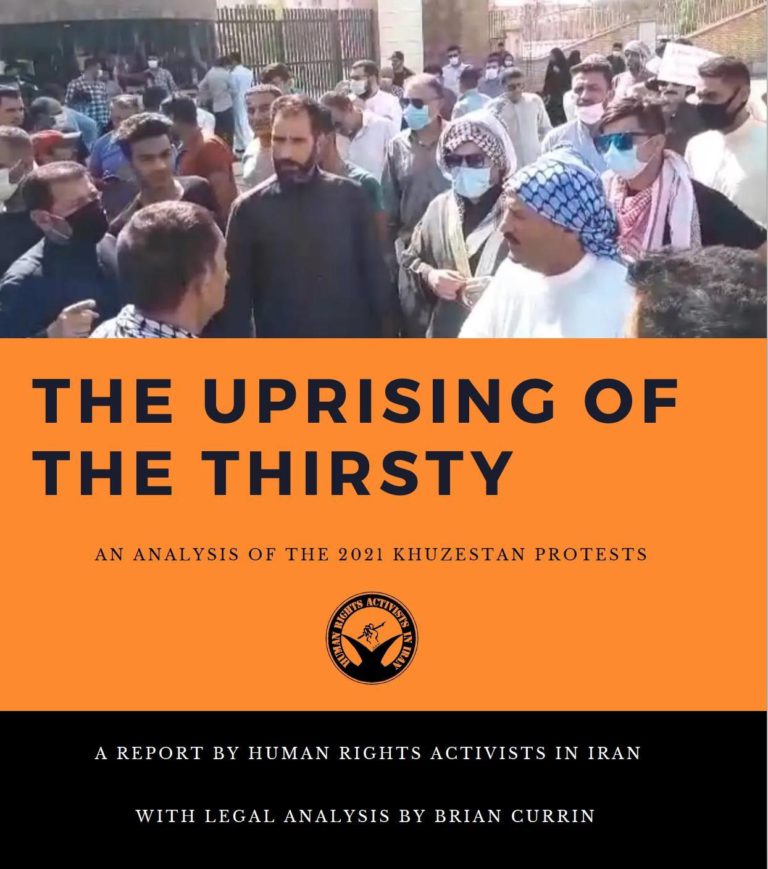“Let Isfahan breathe, give Zayandeh-rud back”
Beginning Friday, November 19, thousands of civilians assembled and protested in the dried-up stretches of Iran’s river Zayandeh-rud. These protests come just months after protests erupted in Iran’s southern province of Khuzestan over resource mismanagement leading to water shortages and economic disparity. Protesters in Khuzestan, and those that stood in solidarity with them across the country, were met with violent suppression including lethal force and mass arbitrary detentions. Protesters in Isfahan now face a similar struggle over shared concerns. “Water, or rather lack thereof, remains a recurring theme across Iran. Years of mismanagement have culminated in dried-up riverbeds as well as the inability to adequately water crops or livestock which is directly affecting livelihoods. Without attention to the root cause of unrest, one can expect these events to continue. Rather than meeting protesters with barbarous levels of violence and empty promises, Iranian officials must hear the pleas of the people and seek a solution. Not a short-term solution that will surely lead to greater disparity, but real tangible change,” says Skylar Thompson, HRA Senior Advocacy Coordinator.


Excessive use of force
As unrest in Isfahan continues into the tenth day, protesters are met with excessive use of force by police and security forces. Videos sent directly to HRA along with in-depth investigation over the past 10 days reveal the use of widespread and inhumane suppression tactics by police, IRGC, Basij, and the intelligence ministry.
Police were recorded making what can arguably be seen as threats. One video shows police urging “those who came to watch, leave now. There are enemies among you […] Don’t make water an excuse, please leave this place quickly. […] you don’t want anyone to be hurt.” While another text message sent to citizens in the area from the Deputy of Crime Prevention of Justice of Isfahan Province read: “Dear fellow-citizen, Considering your presence at the location of unrest, and the possibility of being injured, please quickly leave and avoid passing through this area.”
Several videos capture audible evidence of live ammunition. In one instance, a woman can be seen seemingly lying lifeless on the ground. Live ammunition can be heard nearby as crowds shout, “They shot her! Pick her up!” Such tactics fly in the face of Iran’s obligations under international human rights law, namely the right to life. Several videos, like those from which the still images below are derived, depict protesters having been shot in the face while seemingly unarmed. Another video (video 1) shows an individual bleeding heavily from his face as he attempts to clean a wound. HRA condemns in the strongest terms the use of live ammunition, including bird shots, against protesters posing no imminent threat to life or security.
The images below were taken from a video independently verified by HRA. An unarmed individual in the one video is heard saying “It was the police” as they hold a wound over their injured eye. HRA-SJ (HRA Spreading Justice Initiative), through a thorough examination of video and photo evidence, additionally confirmed the use of tasers, tear gas, water cannons, and batons against protesters in Isfahan from November 19-November 29. The use of additional means cannot be ruled out at this time.
In another video (video 2), police can be seen storming a group of unarmed protesters, seemingly beating those that did not immediately disperse, live ammunition can also be heard.
At least 19 of the many injured protesters are hospitalized due to injuries to the eye, as seen in the images above. Official reports indicate 2 of the injured are in critical condition. The injuries are further evidence of excessive use of force against protesters. In solidarity with those injured, people around Iran have posted photos of themselves with bandages covering their eyes.
Arbitrary arrests
Since the outbreak of unrest on November 19, HRA-SJ has documented the arrest of 214 protesters, including 13 minors. A number of arrestees were released upon agreeing to discontinue protest activity. The identities of these individuals were documented and their identification documents were confiscated prior to release. While a number were released, others were transferred to Isfahan prison, Khomeini Shahr prison, and the Women’s prison of Isfahan. The whereabouts of some detainees remain unknown at the time of writing. It is possible that these individuals are being held in a security detention center. Officials should immediately make known the whereabouts of all of those within their custody as provided for under international law and take steps to release all individuals arbitrarily detained as a result of their participation in protests.
Call for accountability
HRA is deeply disturbed by the ongoing situation of violence in Isfahan. The ongoing use of excessive force amounting to a loss of life and unnecessary injury is of serious concern. According to the United Nations Basic Principles on the Use of Force and Firearms by Law Enforcement Officials, “Governments shall ensure that arbitrary or abusive use of force and firearms by law enforcement officials is punished as a criminal offense under their law.” In light of Iran’s unwillingness to ensure this type of accountability, HRA is calling on the international community to condemn the ongoing use of force against civilians and ensure those responsible are held accountable.
Reports of internet disruptions/shutdowns must also be condemned. Iran’s repeated use of internet disruptions/shutdowns is a deliberate attempt to mask the true extent of violence used against protesters and disrupt the free flow of information. Internet disruptions continue at the time of writing.
“As we close out a month of remembrance for the lives lost at the hands of Iranian officials during the November 2019 protests, the international community must stand with Iranians in demanding justice and reignite the call for accountability in efforts to disrupt the cycle of violence against protesters.”
*HRA-SJ independently verified the validity of all videos included in this report.

